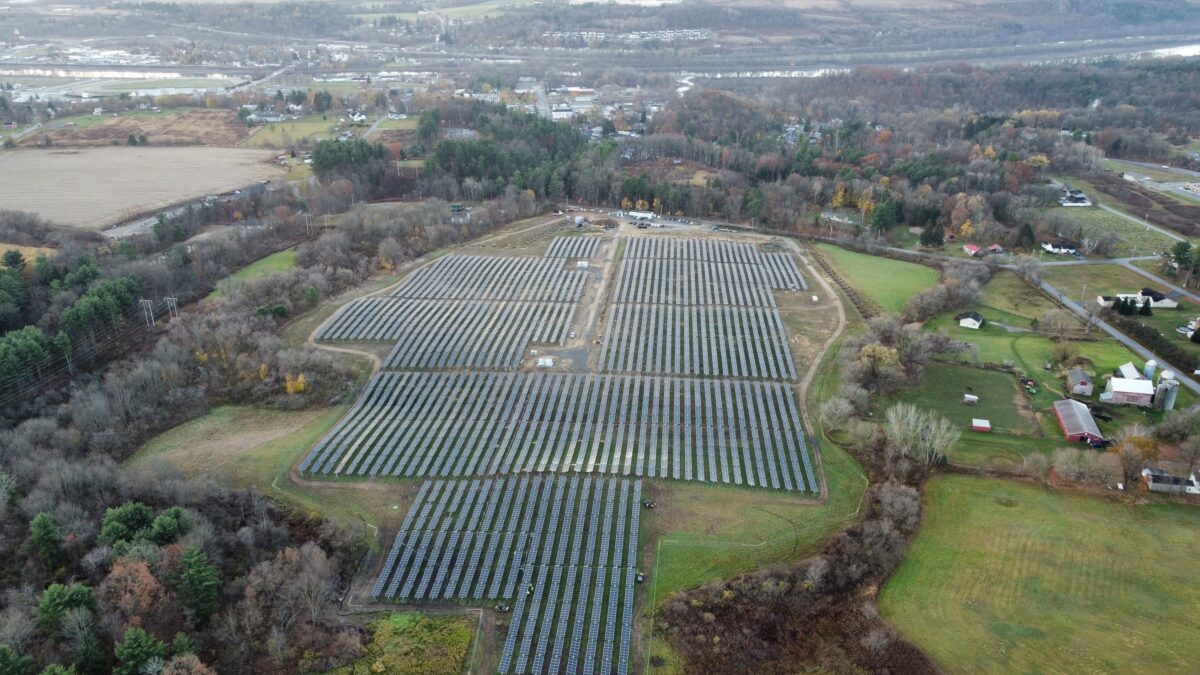Carbon Free(dom): What Will it Take to Achieve a Carbon Free Future?
July 3, 2019Over the past year there’s been a slurry of states and cities that have announced programs and policies that target 100% carbon neutrality through renewable energy adoption. However, to meet our clean energy goals by 2030 or even 2050, we need a revolutionary approach.
Distributed renewable energy is becoming accessible to the mass market. Large energy consumers (mainly C&I customers) are starting to realize there is a strong business case for participating in the new clean energy economy, and are declaring independence from old ways of energy thinking.
Currently, seven states/districts have firm commitments to 100% clean energy in place, and there is an increasing number of cities and counties putting their own goals and plans into action. This has largely been in response to the growing concern over climate change and the lack of action at the federal level.
Goals to reach carbon neutrality (or 100% Carbon Free) mostly include initiatives to promote the procurement of clean electricity with renewables like solar and wind taking center stage. In a recent blog post, Smart Electric Power Alliance (SEPA) recently outlined obstacles to overcome in order to reach aggressive clean energy goals, suggesting that what’s standing in the way of progress is a mix of utility regulations, perception, competing agendas, managing risk, and rate of change in a rapidly evolving market.
While SEPA has set a path towards addressing these hurdles and helping accelerate clean energy goals, in order to achieve carbon freedom – whether at the state-level or on a national scale – there has to be a collective effort of creative solutions all working at the same time to transform our electric grid into a clean, renewable distributed network.
Privately owned smart energy infrastructure is now profitable and provides real value to commercial and industrial customers, communities and utilities. In states with higher energy prices, generating power on-site can cut utility costs in half or more, and if power can be sold, generate additional revenues. As a result, solar + storage provides clean, safe, reliable power, increases net operating income, long-term real estate value and tenant benefits. And what’s more patriotic than producing your own power, creating jobs, and contributing to our national energy security?
Beyond solar and storage, we see exponential growth in EV charging, and microgrid solutions as well. In order to declare our independence from carbon based fuels and start to build the nation’s new smart energy infrastructure we’ll need solutions that scale – quickly. Between the rise of big data and technology, and our heightened collective consciousness to curb climate change, we see a future that is clean, resilient, economical, and carbon free.

